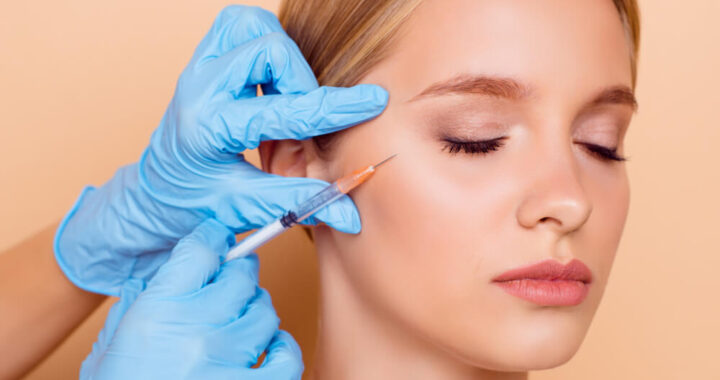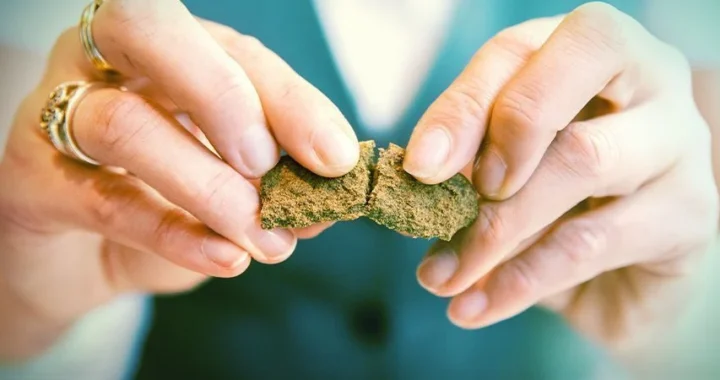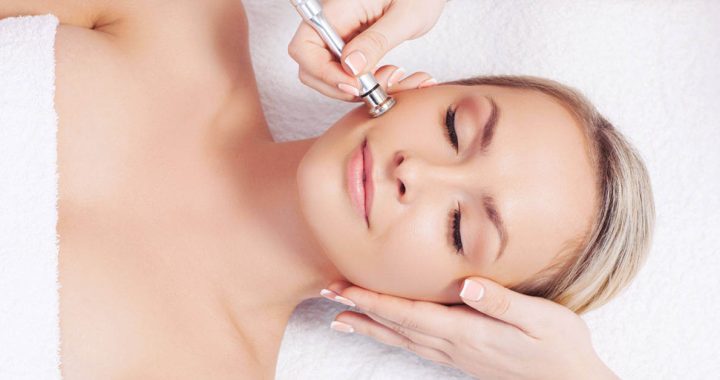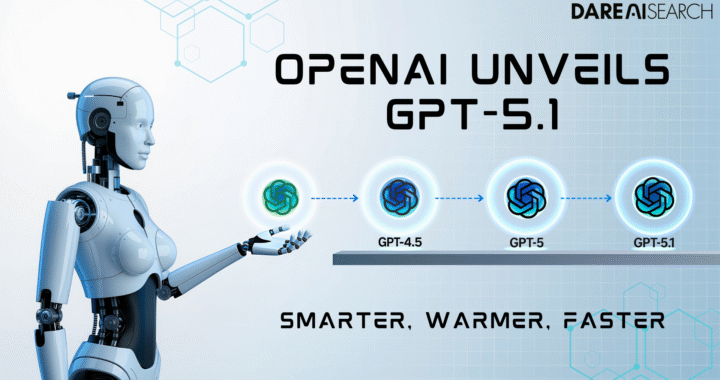Low Testosterone and Male Breasts (Gynecomastia)

A. Symptoms of Breast Enlargement in Men
The majority of adult men who have gynecomastia have no symptoms. In a few cases, there can be some possible signs and symptoms of the condition and these are outlined below.
- Pain, especially in teens, is common
- Breast tissue that is swollen
- Soreness in the breasts
- Nipple sensitivity with rubbing against clothes
B. Understanding levels of Testosterone
Typically, Testosterone Levels in Men are in a healthy range of 270-1070 ng/dL, with an average of 679 ng/dL. A typical male testosterone level peaks around the age of 20, after which it gradually decreases. It is to be understood that testosterone levels that are above or below the typical range are considered imbalanced.
C. Causes of low T and Gynecomastia
The reasons why there is low Testosterone leading to Gynecomastia are as follows:
- Damage to cells of testes that are responsible for producing testosterone
- Any accident
- Inflammation (swelling)
- Testicular cancer
- Cancer treatment, including radiation and chemotherapy
- Diseases that affect parts of the brain, such as the hypothalamus and the pituitary gland
D. Types of treatment on offer
Gynecomastia is normally self-resolving and does not require treatment. If the breast enlargement is caused by an underlying medical issue, that illness must be treated before the breast enlargement can be resolved.
Pseudogynecomastia, also known as lipomastia, is characterized by fat deposits without glandular development and accounts for the majority of cases of breast augmentation in obese males. As the first line of treatment, a weight-loss and fitness regimen can help these people reduce their breast prominence. Recurrence in patients with Gynecomastia is frequently caused by an imbalance of estrogen and testosterone, and cases like this can be resolved without surgery.
Several medicines can cause Gynecomastia as a side effect, although breast enlargement does not always go away when the prescription is stopped. Pubertal gynecomastia can resolve on its own, but it can sometimes persist, leading to glandular parenchyma enlargement with fibrosis and an undesirable breast look, which can be highly disfiguring and cause severe social and psychological damage.
Pharmacologic Treatment for Gynecomastia: Tamoxifen, an estrogen antagonist, is useful for Gynecomastia that has just developed and is painful. Patients report partial to complete resolution in up to 80% of cases. The most common side effects are nausea and epigastric pain. Danazol is another medicine that is used, though less commonly.
Testosterone treatment. Testosterone replacement therapy (TRT) can help you increase testosterone levels using injections, skin gels, or patches.
In case surgery has been suggested by your doctor, then Male Breast Reduction or Gynecomastia surgery options are as described below.
Liposuction: The breast gland tissue is not removed with this procedure, only the fat.
Mastectomy: The breast gland tissue is removed during this procedure. Small incisions are frequently used during surgery. This sort of surgery is less intrusive and requires less recuperation time.

 Botox vs. Profhilo: What’s Better for Natural Anti-Aging Results
Botox vs. Profhilo: What’s Better for Natural Anti-Aging Results  Harnessing the Medicinal Benefits of Weed: How to Make Use of Cannabis and Hash
Harnessing the Medicinal Benefits of Weed: How to Make Use of Cannabis and Hash  Finding the Best Hash Online in Canada: Advanced Tips for Enthusiasts
Finding the Best Hash Online in Canada: Advanced Tips for Enthusiasts  OBAR: A Beacon of Hope for Individuals with Food Allergies and Sensitivities
OBAR: A Beacon of Hope for Individuals with Food Allergies and Sensitivities  Microneedling in Oakville: The Art of Renewed Radiance
Microneedling in Oakville: The Art of Renewed Radiance  Pelvic Floor Physiotherapy: A Hidden Gem in Holistic Healthcare
Pelvic Floor Physiotherapy: A Hidden Gem in Holistic Healthcare  Mastering Mandarin in the North: Your Trusted Tuition Centre in Woodlands
Mastering Mandarin in the North: Your Trusted Tuition Centre in Woodlands  Winter Edit: Chic Suits for Women and How to Layer Them
Winter Edit: Chic Suits for Women and How to Layer Them  How To Find The Best Men’s Running Shoes For Every Activity
How To Find The Best Men’s Running Shoes For Every Activity  From SEO to GEO: Why GPT-5.1 Makes Traditional Search Optimization Obsolete
From SEO to GEO: Why GPT-5.1 Makes Traditional Search Optimization Obsolete